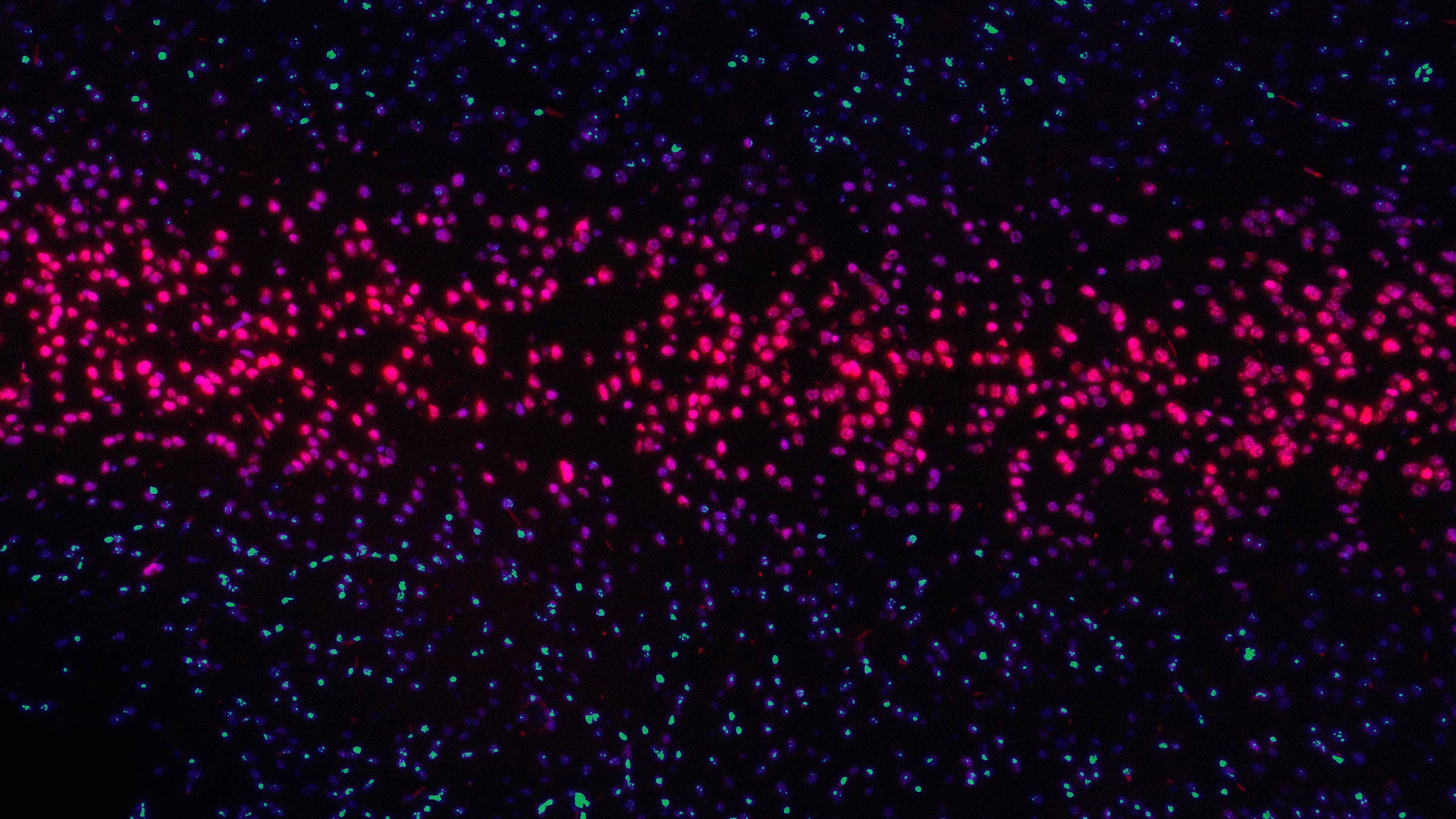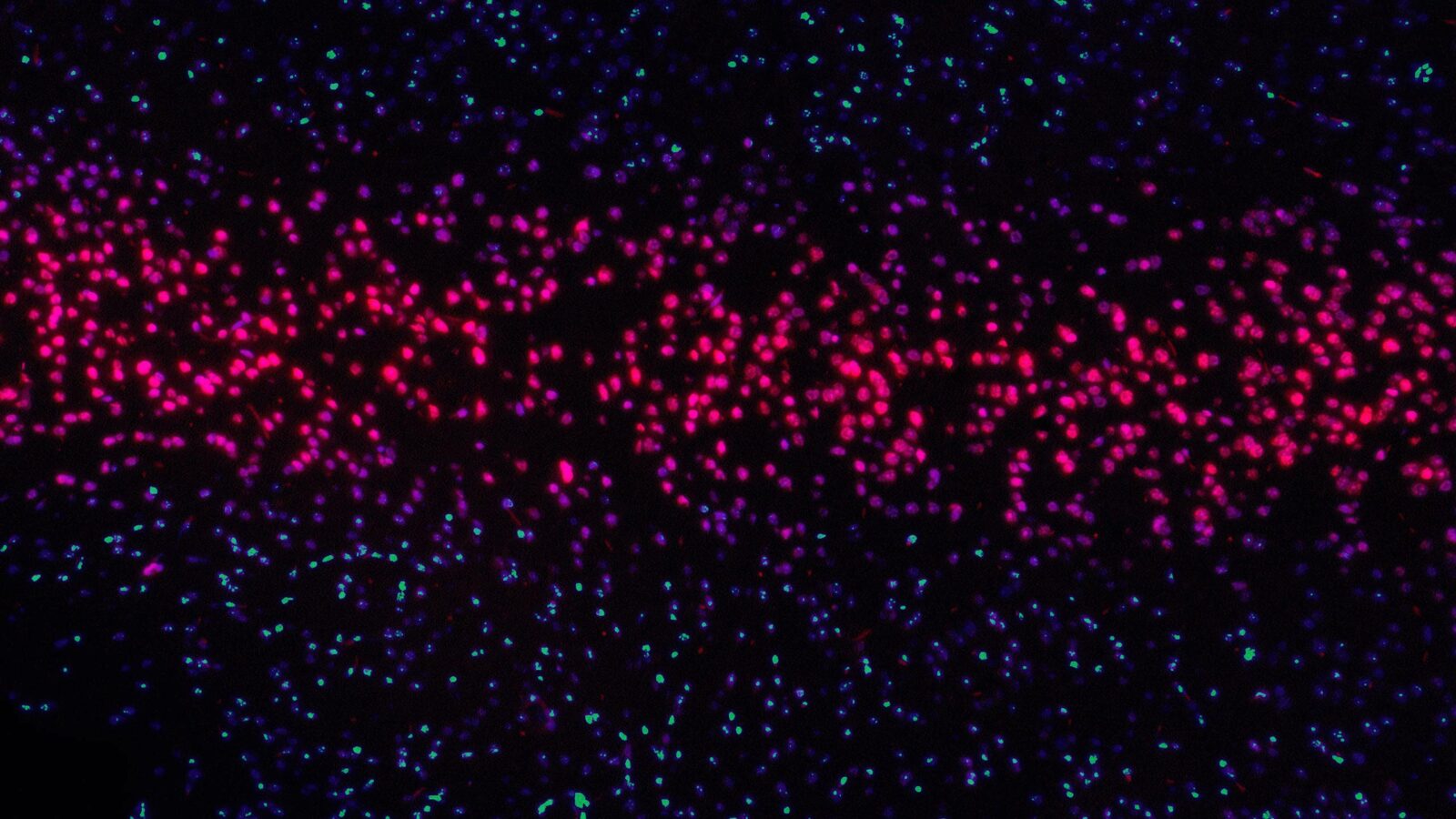This is the first of five blog series on the topic of conversion rate optimisation (CRO). We’ve written them to give you some insights about conversion rate optimisation in a simplified way.
Let’s begin with the basics of conversion rate optimisation.
In general, the main focus of the marketing teams is to drive traffic to the websites and hope for this traffic to convert in order to achieve the business goals. What about the existing traffic? That’s where conversion rate optimisation comes in.
CRO has a lot of benefits for businesses. By optimising your conversions you will be able to understand better your audience and improve your website’s user experience.
What is conversion rate optimisation (CRO)?
Conversion rate optimisation, or CRO, is a process that follows a cycle structure to increase the percentage of visitors who complete a website’s goal.
CRO’s focus is to persuade more of your website visitors to take the action you want them to take, or simply to help improve conversions.
After all the marketing efforts you’ve made to bring traffic to your site, CRO is the final stage that brings it all together. Imagine your website is a live concert performance; after promoting and selling the tickets for the concert, CRO will make sure that your audience has the best experience possible and that they come back for the next gig. CRO rocks!
What is a conversion?
The term conversion has different meanings in different contexts, but it can be summarised as the process of changing something into something else. In the marketing world, a conversion is a process of getting a visitor to your website to complete the desired goal.

The goals change depending on the industry. For eCommerce websites, conversion usually means completing a purchase, but some other examples of conversions are:
- Visiting certain pages on your website
- Clicking on a button
- Signing up for an email newsletter
- Filling out a contact form
- Scheduling a demo
- Starting a free trial
- Sharing on social media
How to calculate conversion rate?
Conversion rate is the percentage of visitors who complete a desired action on a website. The desired action is any engagement that brings value and fulfils the website’s goal (like the examples in the list above). So it’s important to set a primary goal for every page.

For example, if your website had 5,000 visitors that reached the basket page and 250 completed a purchase this would be your conversion rate:

All the elements of a website, like design, copy and usability, must work together for the action to occur and to create a better user experience.
What is a good conversion rate?
That is a good question and the answer is simple, a good conversion rate is a better conversion than the one you had before. The conversion rate is influenced by a variety of factors, including your traffic volume, your industry, business offers and the type of conversion you are tracking.
Size does matter! The sample size. If the volume of conversions is low it can lead to a false idea of a high conversion rate. A small difference, in a small sample, can mean a big unrealistic increase. To get real conversion rate results you need time (weeks rather than days), and volume.
Now that you got the basics of conversion rate optimisation we are ready to take things to the next level. In the next blog, we will walk you through all the steps of our internal CRO process.



